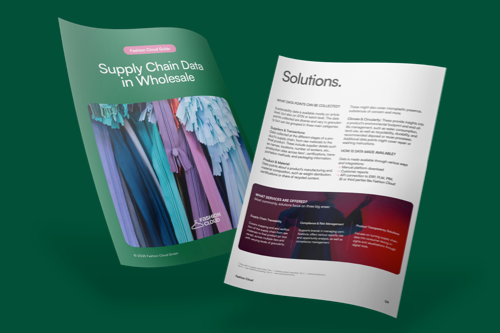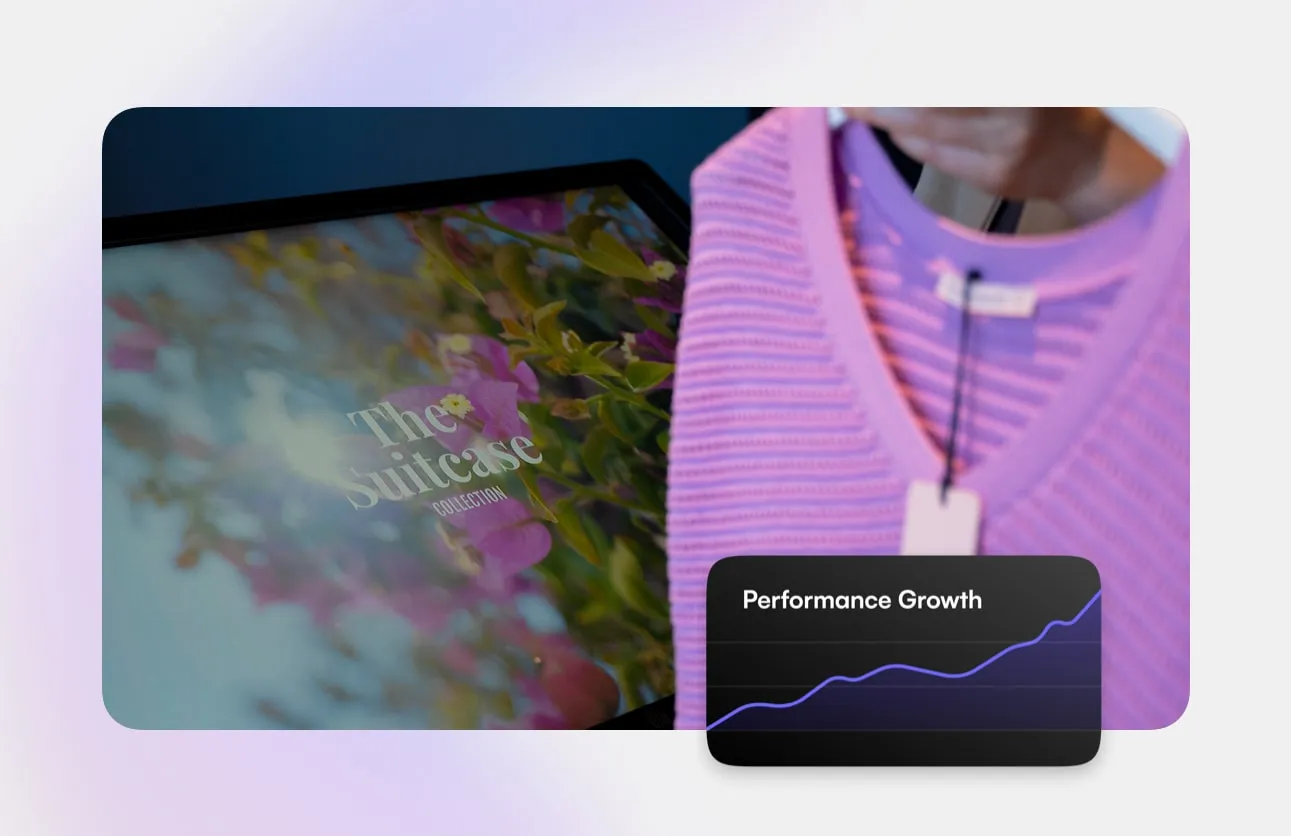.webp)
Creating a Digital Showroom Experience with Tommy Hilfiger
Having an outstanding showroom experience is key for a global fashion brand. Expert retailers know that to delight the end-consumer you need to impress the buyers first. What if you add a digital component to astound your customers and optimize the experience?
In 2014,Tommy Hilfiger embarked on a journey to improve their sell-in experience digitally. Back then, nobody else in the industry saw the need for a change in this process. Why fix something that doesn't need to be fixed? The premium American lifestyle brand had started noticing signs of exhaustion within the wholesale channel and realized that digital solutions could be an opportunity worth exploring. Due to an endless list of challenges in supply chain, fashion brands have acknowledged the need for change in order to become more efficient, sustainable, and continue to grow. Digital transformation was coming for the fashion industry and the team felt the urge to make the change happen for Tommy Hilfiger. Drawing inspiration from other industries and B2C practices, they decided to use digital content to sell and refresh their go-to-market strategy. This is how Tommy Hilfiger and Fashion Cloud, formerly Stitch, built the first digital showroom in fashion.
Challenges in fashion wholesale
Back in 2014, wholesale was Tommy Hilfiger’s biggest revenue stream. Their strategy with a mix of new markets, as well as partnerships, helped them grow their wholesale channel. Despite this growth, the team at Tommy had noticed the process was breaking at its seams:
1. New markets generated new revenue, but also needed to be serviced. This meant that more showrooms and physical samples had to be set up and produced each season.
2. New key accounts brought new consumers, but also came with new requests. As a result, collections were increasing in volume at the expense of SKU productivity.
3. Bigger collections give buyers more choice when selecting assortments, setting off a chain reaction that can weaken the brand's positioning. The brand message is at risk to become diluted, which can result in inconsistencies across consumer touch points.
If Tommy wanted to keep growing, they had to do something. Sell-in as it was would sooner or later impact the long-term health of the business.
Whatever the solution, showrooms had to be a part of it. It's where buyers are introduced to new collections and finalize assortment selections. Showrooms also allow sales reps to meet their clients, critical to building long relationships with them. The sell-in equation had to be more flexible, efficient and balanced, but how?

“The digital showroom was the ignition for our digital journey. It has changed the way we think about the fashion value chain and the need for digital transformation. This transformation is now accelerating even more through remote wholesale selling and digital product creation.” – Martijn Hagman, CEO Tommy Hilfiger
Digitalizing the B2B strategy for a fashion brand
Based in other industries and tactics used by direct-to-consumer business, the Tommy Hilfiger team had a thought: what if they could present new collections digitally? What if they could use digital content to sell? What if they could use fewer samples while improving the experience for B2B buyers? Enter the digital showroom.
The logic was sound, but the change was sizeable. In order for showrooms to become digital, Tommy’s go-to-market had to be digital too. From a sample-led process to content-led process. However big the needed change was, the benefits were compelling. What was at stake? The brand narrative, buyer trust, sustainable practices, and the season's sales results
Changing fashion go-to-market: the Tommy Hilfiger digital mindset
Scaling is where most digital efforts fail. Thus, it is when real change is needed to continue. Sell-in is usually at the end of along series of steps within the value chain. Steps that defined how it is done and continue to be performed in many companies until today. Just changing sell-in would not bring the value and efficiency Tommy desired.
At the same time, if Tommy wanted to see value in the digital showroom, it had to be implemented across all showrooms. What could they do? These are three changes in Tommy's go-to-market sequence that helped make scaling possible:
1. Marketing got involved in the collection creation phase. This allowed Tommy marketing to create content to run a digital sell-in season without extending lead times.
2. Define key stories during the design phase. This allowed designers and merchandisers to create collections around key stories which marketing would use to create content.
3. Shift budget from sample production to content creation. Marketing could create the needed content without additional investment, while sales and merchandising could select what to sample, prioritizing key styles that reinforced the seasonal narrative.

From sample-led to brand-led sales
Thanks to the digital showroom, Tommy Hilfiger re-sequenced its go-to-market strategy. They were able to prioritize both the brand and its key stories, resulting in a more efficient and less wasteful process.



.webp)
